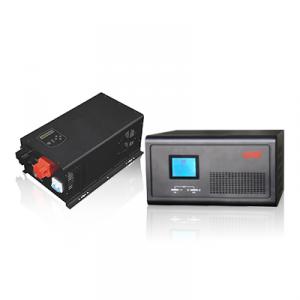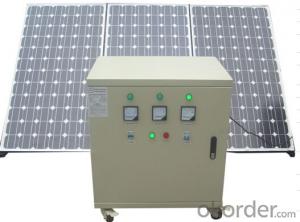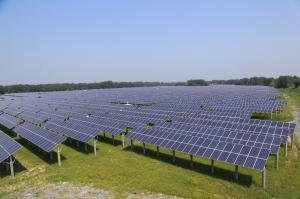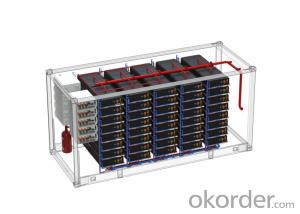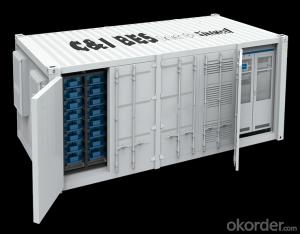Solar Home Inverter
Solar Home Inverter Related Searches
Best Solar Inverter For Home Solar Panel Inverter For Home Inverter For Home Solar System Home Power Inverter For Solar Hot Water Bags For Pain Relief Solar System For Inverter Ac Mppt Inverter For Solar System Solar Inverter Cost For Home Solar Inverter For Home Led For Growing CannabisHot Searches
Fiberglass Scaffolding For Sale Home Scaffolding For Sale Modern Home Bars For Sale Fiberglass Panels For Sale Small Home Bars For Sale Fiberglass Greenhouses For Sale Home Solar Inverter Price Home Depot Aluminum Coil 1 4 Aluminum Plate Home Depot 1/4 Aluminum Plate Home Depot 1 8 Aluminum Plate Home Depot Aluminum Tread Plate Home Depot Home Depot Aluminum Plate Home Solar Energy Cost Home Depot Solar Inverter Home Depot Solar Cells Ceiling Fan Lowest Price Home Depot Electrical Wire Prices Geogrid Fabric Home Depot Cheap High Tea Sets For SaleSolar Home Inverter Supplier & Manufacturer from China
Okorder.com is a professional Solar Home Inverter supplier & manufacturer, offers integrated one-stop services including real-time quoting and online cargo tracking. We are funded by CNBM Group, a Fortune 500 enterprise and the largest Solar Home Inverter firm in China.Hot Products
FAQ
- Solar-powered water purification systems play a crucial role in providing clean drinking water by utilizing solar energy to power the purification process. These systems use photovoltaic panels to convert sunlight into electricity, which is then used to power the water purification process, eliminating the need for external power sources. This technology removes contaminants and impurities from water, making it safe and suitable for drinking. Solar-powered water purification systems are particularly valuable in areas with limited access to electricity or clean water sources, offering a sustainable and cost-effective solution to ensure clean drinking water for communities.
- Solar energy systems can have a positive impact on the aesthetics of a building by providing a sleek and modern look, especially when integrated into the design. With advancements in technology, solar panels are becoming more visually appealing and can enhance the overall appearance of a building rather than detract from it. Additionally, solar energy systems can also contribute to a building's sustainability and eco-friendly image, improving its overall appeal.
- Solar energy systems generally need to be cleaned at least once or twice a year to maintain optimal efficiency. However, the frequency may vary depending on factors such as the location, climate, and amount of dust or debris that accumulates on the panels. Regular inspections and occasional cleaning ensure that the system functions at its best and maximizes the generation of clean energy.
- Solar energy systems handle excess energy production in a few different ways. One common method is through net metering, where any excess energy that is produced by the solar system is fed back into the grid. This excess energy is then credited to the homeowner's account, effectively spinning their meter backward and reducing their energy bill. Another way to handle excess energy production is through the use of battery storage systems. These systems allow homeowners or businesses to store the excess energy generated by their solar panels for use during times of high energy demand or when the sun is not shining. The stored energy can be used during the evening or on cloudy days, maximizing the value and efficiency of the solar system. Additionally, some solar energy systems are designed to automatically shut down or reduce their output when excess energy is being produced. This is known as curtailment and is often used in large-scale solar farms or utility-scale installations. By reducing the output, the excess energy is not wasted and can be more effectively managed and distributed. Overall, solar energy systems have various mechanisms in place to handle excess energy production, whether it be through net metering, battery storage, or curtailment. These methods ensure that the surplus energy is not wasted and can be effectively utilized, making solar energy a highly efficient and sustainable source of power.
- Yes, solar energy systems can be installed on schools or educational institutions. In fact, many schools and educational institutions are increasingly adopting solar energy systems as a sustainable and cost-effective solution to meet their energy needs. These systems not only reduce electricity costs but also provide educational opportunities for students to learn about renewable energy and environmental conservation.
- Yes, solar energy systems can be used in areas prone to hurricanes or typhoons. While it is true that severe weather events like hurricanes and typhoons can pose a risk to solar panels, modern solar energy systems are designed to withstand such conditions. Solar panels are typically built to withstand high winds and hail, and they are tested and certified to meet certain wind resistance standards. The panels are securely mounted and anchored to roofs or the ground to prevent them from being lifted or blown away during strong winds. Additionally, manufacturers often conduct tests to ensure that their panels can withstand extreme conditions, including those experienced during hurricanes or typhoons. In areas prone to hurricanes or typhoons, it is also common to have building codes and regulations that require solar installations to meet specific wind load requirements. These requirements ensure that the solar energy systems can withstand the strong winds associated with these storms. Furthermore, inverters and other components of solar energy systems are often installed in protected areas, such as basements or garages, to minimize the risk of damage from flooding or flying debris. Stringent installation practices, including reinforced mounting systems and proper grounding, can further enhance the durability and resilience of solar energy systems in hurricane or typhoon-prone areas. It is important to note that while solar energy systems can withstand severe weather events to a certain extent, there is always a risk of damage during extremely powerful hurricanes or typhoons. However, this risk is not unique to solar energy systems and applies to other infrastructure as well. Proper design, installation, and adherence to local building codes can help minimize this risk and ensure the safe and reliable operation of solar energy systems in hurricane or typhoon-prone areas.
- Yes, solar energy systems can be used in conjunction with other energy sources. This is known as a hybrid energy system, where solar power is integrated with other sources such as wind, hydro, or traditional grid electricity. These hybrid systems help ensure a stable and reliable energy supply, especially during periods of low sunlight or high energy demands. By combining multiple energy sources, the overall efficiency and resilience of the system can be increased, contributing to a more sustainable and diverse energy mix.
- Solar energy is a highly efficient and versatile renewable energy source that has numerous advantages over other renewable energy sources. Firstly, solar energy is abundant and widely available, as it is derived from the sun, which is an inexhaustible source of energy. This makes solar energy more reliable and sustainable compared to other renewable sources like wind or hydroelectric power, which are dependent on specific weather conditions or geographical features. Additionally, solar energy is a decentralized energy source, meaning it can be generated and utilized at the point of consumption. This reduces the need for extensive transmission infrastructure, which is often required for other renewable energy sources like geothermal or tidal energy. Solar panels can be installed on rooftops or in open spaces, enabling individuals and businesses to generate their own electricity and reduce their dependence on the grid. In terms of environmental impact, solar energy is considered one of the cleanest energy sources available. Unlike fossil fuels, solar energy does not produce harmful emissions or contribute to air pollution. It also requires minimal water usage compared to other renewable sources like hydroelectric power, which can be particularly important in areas with water scarcity. By harnessing the power of the sun, solar energy helps combat climate change and reduces our reliance on finite resources. Furthermore, solar energy has become increasingly cost-effective in recent years, with the cost of solar panels and installations declining significantly. This has made solar energy more accessible to a wider range of individuals and businesses, leading to a rapid growth in the solar industry. In comparison, other renewable energy sources may still require more investment and have higher operational costs. While solar energy has many advantages, it is important to note that it also has some limitations. It is intermittent, meaning it is only available during daylight hours and can be affected by weather conditions. However, advancements in energy storage technologies, such as batteries, are addressing this limitation by allowing solar energy to be stored for use during non-sunlight hours. In conclusion, solar energy stands out among other renewable energy sources due to its abundance, reliability, decentralization, environmental benefits, and decreasing costs. As we strive to transition to a more sustainable energy future, solar energy plays a crucial role in meeting our energy needs while minimizing our impact on the environment.





















